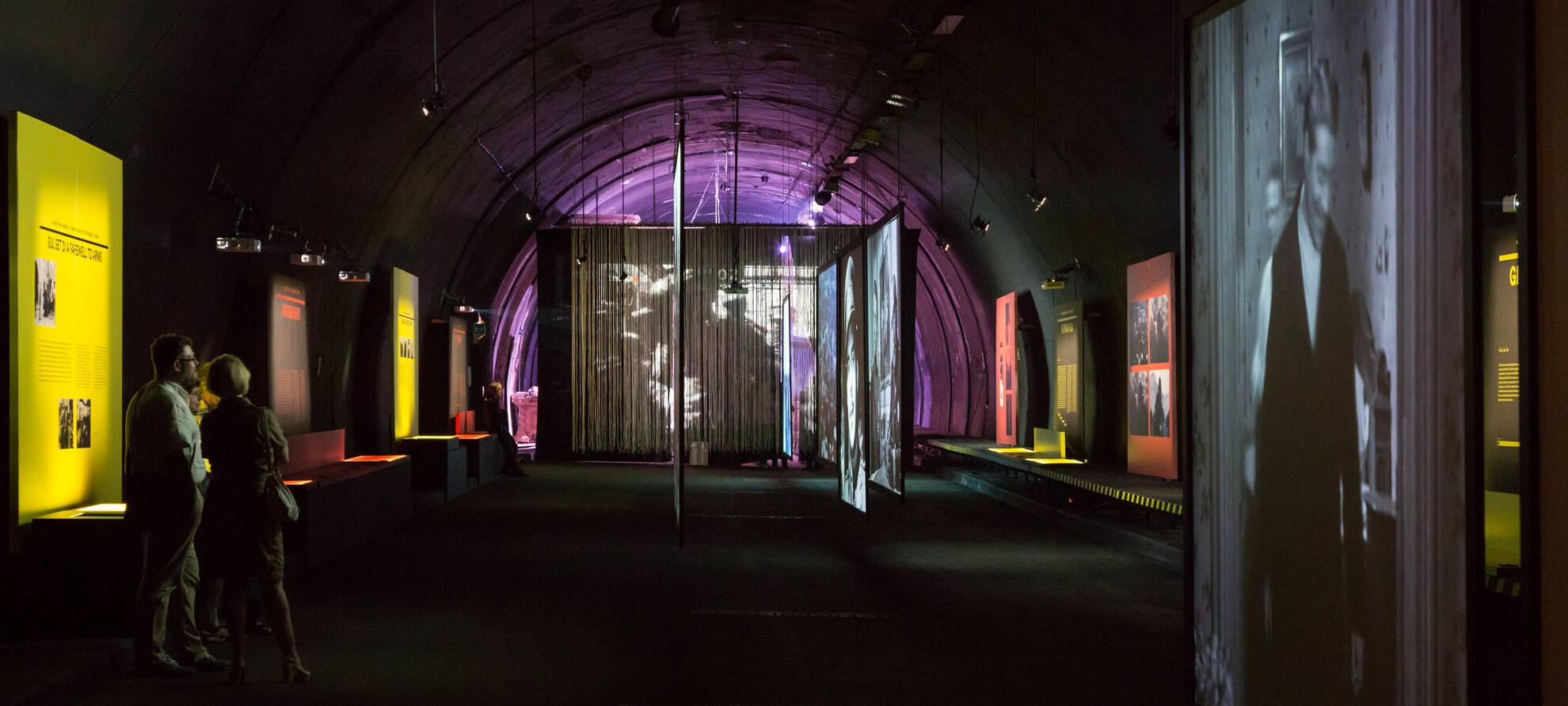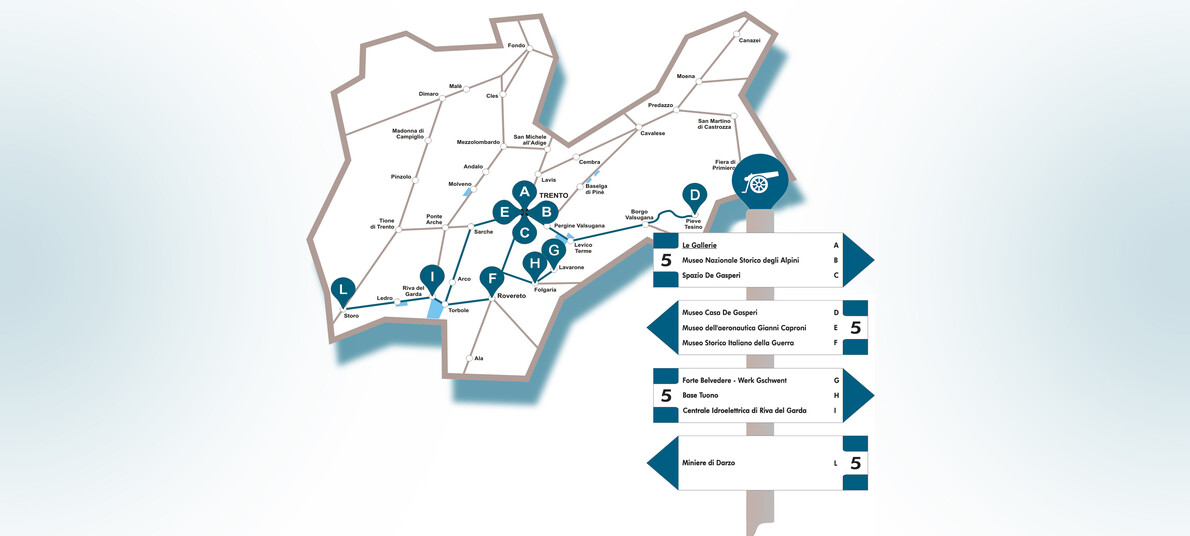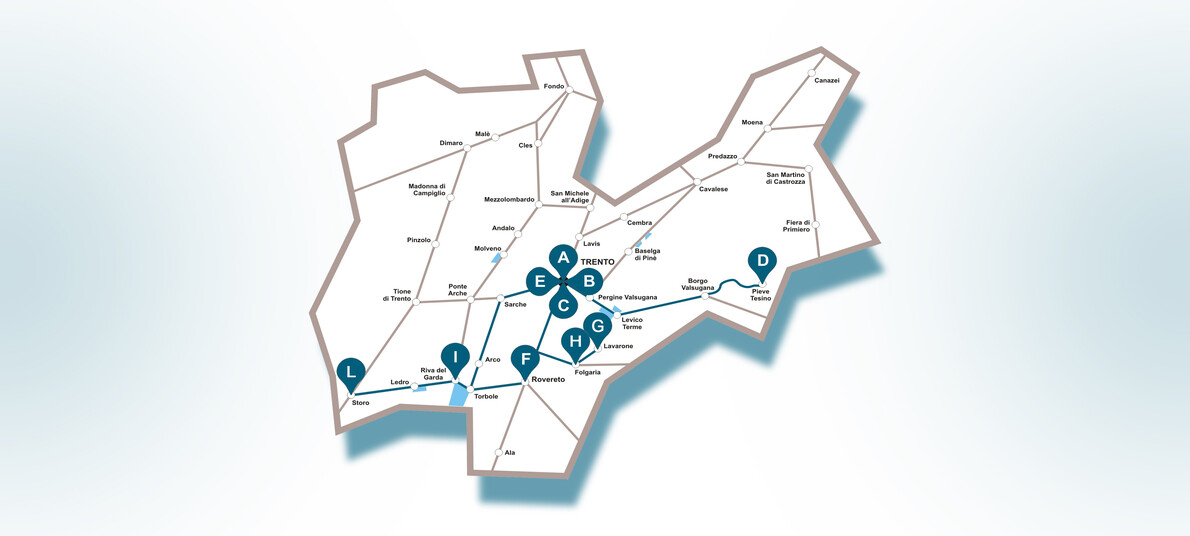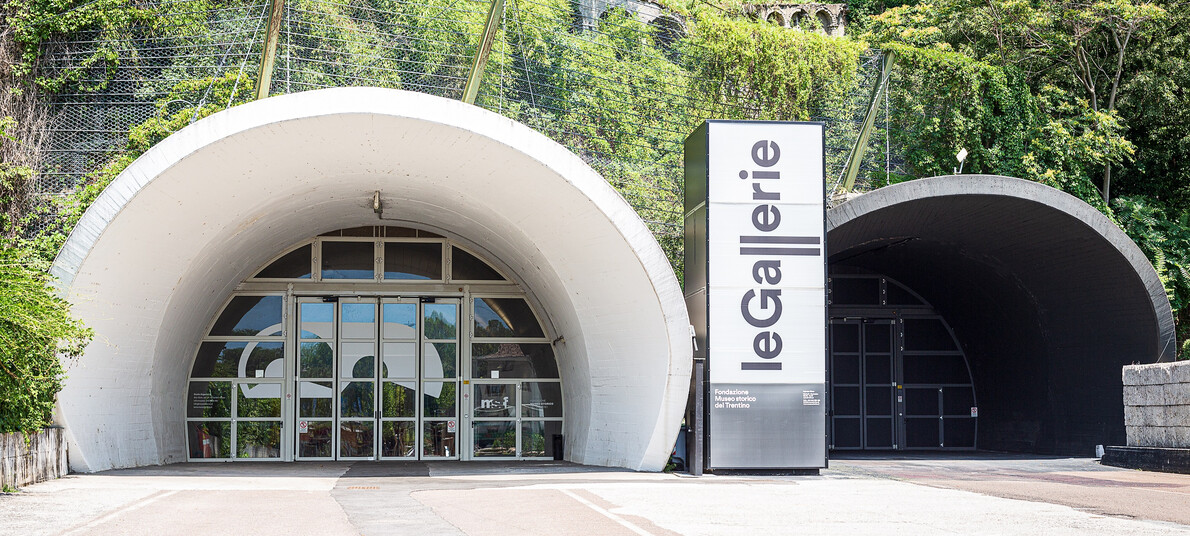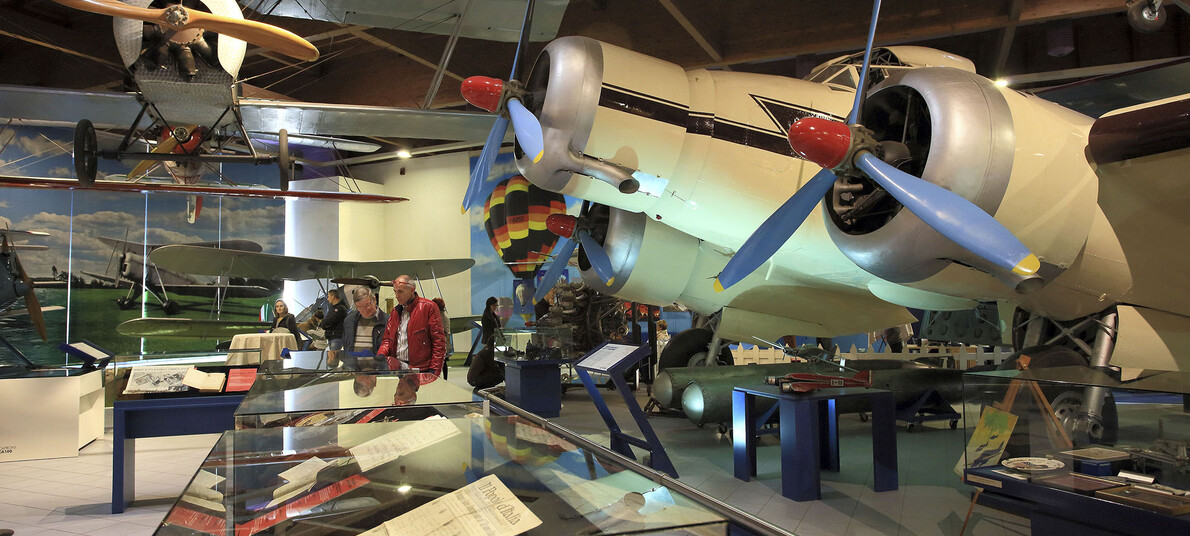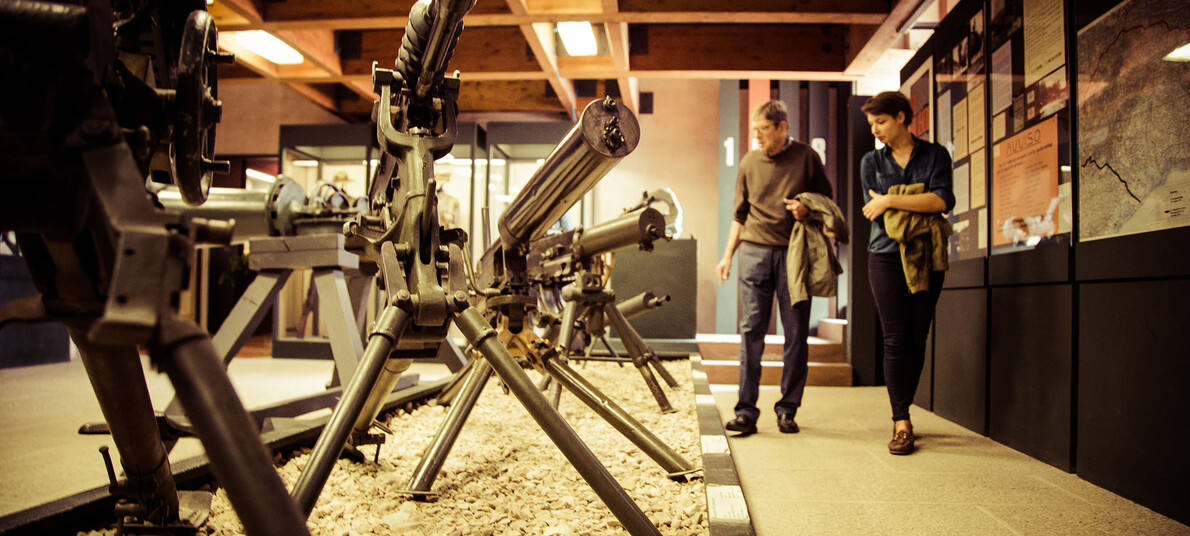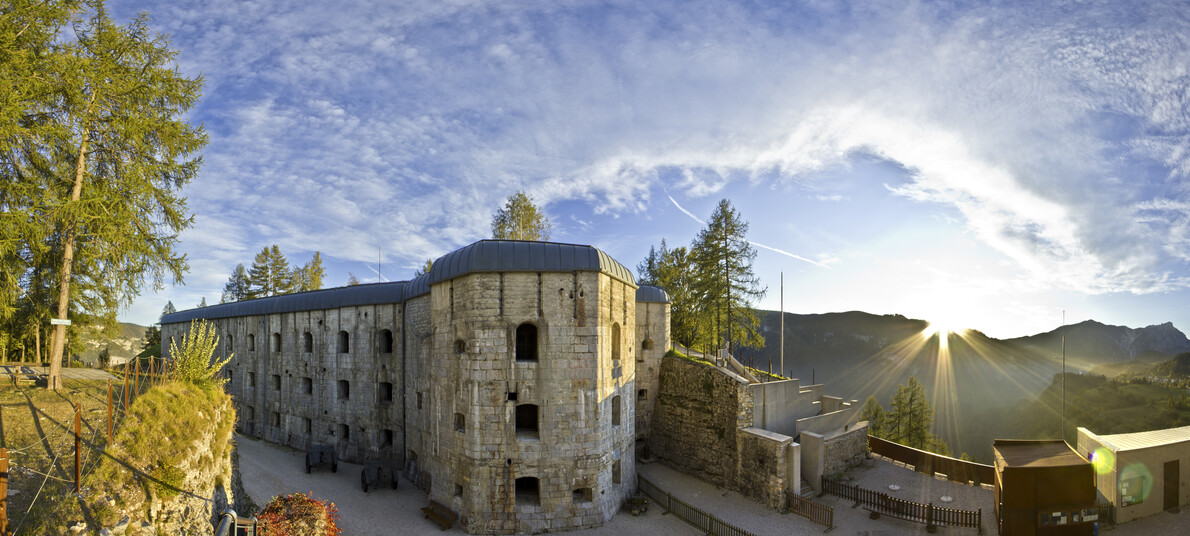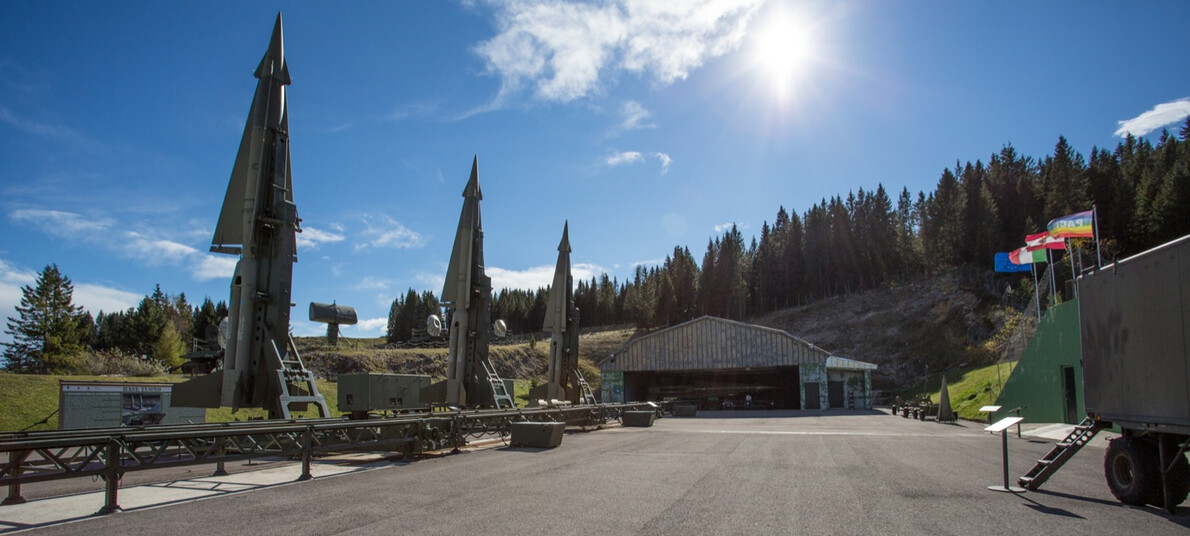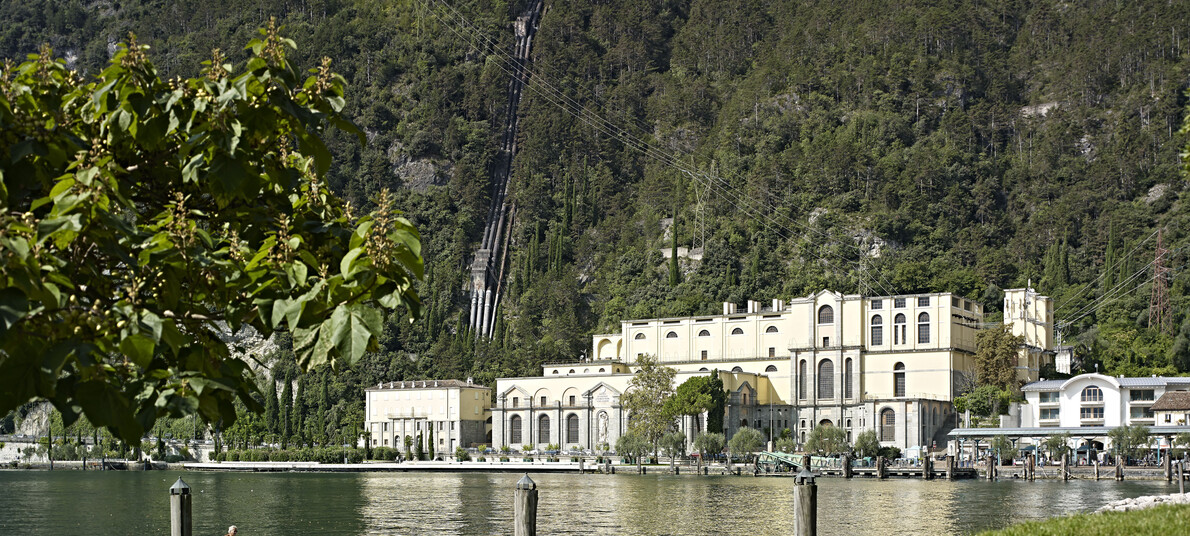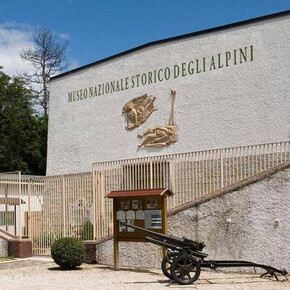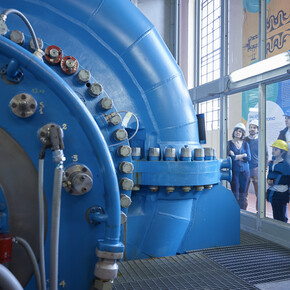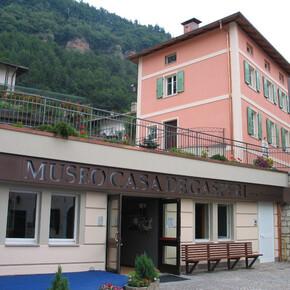Who built the forts from the Great War?
A trail to discover the history of Trentino in the 20th century
Standing proud on a hilltop or camouflaged against the mountain rock, the forts from the First World War were a ring of defences that marked the southern frontier of the Austro-Hungarian Empire. Most of the fortifications you see in Trentino today were built in the second half of the 19th century by the Austro-Hungarian army and then acquired key roles in World War I.
This is just one of the discoveries you can make on this Cultural Trail – a themed journey through the history of Trentino from the mid-19th to the mid-20th centuries. You’ll explore museums set in old road tunnels, Cold War missile bases, mineral mines, hydroelectric power stations and fortifications from the Great War.
We set out from Trento to visit three museums (stages A–C)
We start in a rather special museum: Le Gallerie. What used to be road tunnels under Doss Trento hill are now a pair of modern exhibition spaces: the White Tunnel and the Black Tunnel. The former has some fascinating temporary shows, while the latter is a 300-metre space given over to major exhibitions and multimedia installations that recount the history and stories of Trentino and more besides. This is where your journey begins!
After exploring inside the hill, it’s time to climb to the peak. This pleasant quarter-hour stroll brings you to the National History Museum of the Alpine regiments, all about the brave soldiers from the mountains. Inside, the collection of personal items, weapons, photographs and documents is well worth exploring; outside, you can see a selection of artillery gear and the “Winged Victory” sculpture by Alfredo Biagini from Faenza.
Leaving the hill behind, you reach the city centre and Via Belenzani, right in the heart of town. Step through the elegant entrance to Palazzo Thun and you’ll find Spazio De Gasperi, the archive on celebrated statesman Alcide De Gasperi, founder of the Christian Democratic party, who was born in the nearby village of Pieve Tesino. This elegant treasure trove of history conserves photographs, personal items and documents, notably the original Italian Constitution signed by De Gasperi as prime minister with head of state Enrico De Nicola and Constituent Assembly president Umberto Terracini.
In the footsteps of De Gasperi and on the wings of Gianni Caproni (Stages D–E)
The best way to get closer to De Gasperi the man is to visit is his birthplace, Pieve Tesino and the house where he grew up. The Casa Museo Alcide De Gasperi is alive with sounds and images, period artefacts and modern multimedia installations that tell a story that transcended one man’s life and interwove with the history of Trentino, Italy and European politics as a whole.
Round off your visit with a short walk to the Garden of Europe – one of the places that symbolises the EU, with its unusual amphitheatre-like shape resembling the Brussels parliament.
OK, now you know (almost) all about De Gasperi, it’s time to fly off to the little airport in Mattarello, just out of town, to meet aeronautical pioneer Gianni Caproni. The museum of aviation named after him accommodates a precious collection of aircraft belonging to the Caproni family, including some historic early 20th-century planes. Notable among them, the Ansaldo SVA 5 was the protagonist of poet Gabriele D'Annunzio’s demonstration flight over Vienna on 9 August 1918.
The museum of war in the city of peace (Stage F)
Staying on-topic, nearby Rovereto has one of Italy’s most important war-themed museums. As you approach the town, head for the unmistakable landmark of the imposing castle. Its palatial rooms now house the Italian war museum, a treat for history buffs, especially the comprehensive section on the Great War.
The parade of armour, uniforms, weaponry and documents brings to life over five centuries of battles and conflicts from the Renaissance to the 20th century. The unique exhibits include the historic Farina suits of armour worn by royal army soldiers in WWI that would do justice to a mediaeval knight.
Explore a fort from the Great War! (Stages G–H)
After this taster on the First World War, we march into Lavarone and the Forte Belvedere, part of the defensive system in the Cimbra Alps. This is one of the best-kept Austro-Hungarian forts in the whole of Trentino. Its doughty walls guard a museum on World War I featuring multimedia installations that evoke life on the front line through lights, voices and noises.
From the Great War to the Cold War via the heroics of the resistance – fast forward a few decades, and a half-hour drive brings you to the resistance memorial at Zonta farm and then Thunder Base at Coe Pass. This is a unique place: a genuine NATO missile base hidden in the mountains that is now an atmospheric museum on the Cold War. Hangars, radar installations, underground bunkers, East–West tension, missiles menacing the sky, the terror of nuclear war …. This museum evokes it all.
From mineral mines to hydroelectric dams (Stages I–L)
Leaving the Cimbra Alps behind, we move on to the Mediterranean moods of Lake Garda. The next leg on our trail of Trentino history leads to Riva del Garda and its great hydroelectric power station, designed by Giancarlo Maroni (the architect behind D’Annunzio’s house, the Vittoriale degli Italiani). This architectural and engineering feat is fascinating to explore with an interactive multimedia guide for all to enjoy, showing how clean energy comes from something as simple as water.
From one precious resource to another: baryte. Also known as the “white gold of Darzo”, this sought-after mineral was the bedrock of the local community in the Valle del Chiese on the border with Lombardy. And it is here, down the mines near the village of Darzo, that our journey ends. So put on your hard hat and follow the guide along the now-disused railway into the tunnels of a mine that produced baryte for 115 years. Incredibly, what seems such a distant world ended only in 2009. But maybe that’s just what makes our cultural trail so fascinating – knowing that there are so many contrasting stories to discover, just a few decades and a few miles apart, stories that have written the history of Trentino itself.
